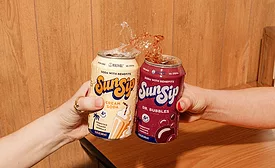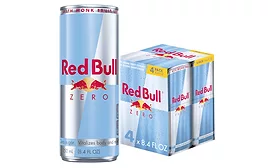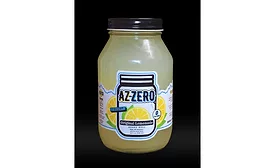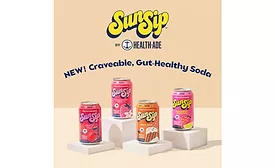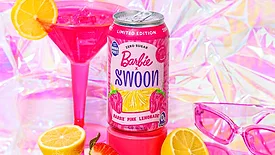Home » Keywords: » monk fruit
Items Tagged with 'monk fruit'
ARTICLES
Health-Ade launches SunSip line of prebiotic sodas
New brand to expand to additional retailers in April
February 6, 2024
Barbie magic hits the beverage aisle
Swoon, Barbie collab sees highest volume sales for zero-sugar brand
July 20, 2023
R&D Feature
Sugar reduction prompts demand for natural, low-calorie sweeteners
Hybrid sweeting systems help meet formulation challenges
February 27, 2023
R&D Feature
Sweetener content, source plays key role in consumers’ food, beverage choices
Suppliers delivering on clean label, sugar reduction sweetener needs
August 25, 2022
Elevate your expertise in the beverage marketplace with unparalleled insights and connections.
Join thousands of beverage professionals today. Shouldn’t you know what they know?
JOIN NOW!Copyright ©2026. All Rights Reserved BNP Media.
Design, CMS, Hosting & Web Development :: ePublishing
